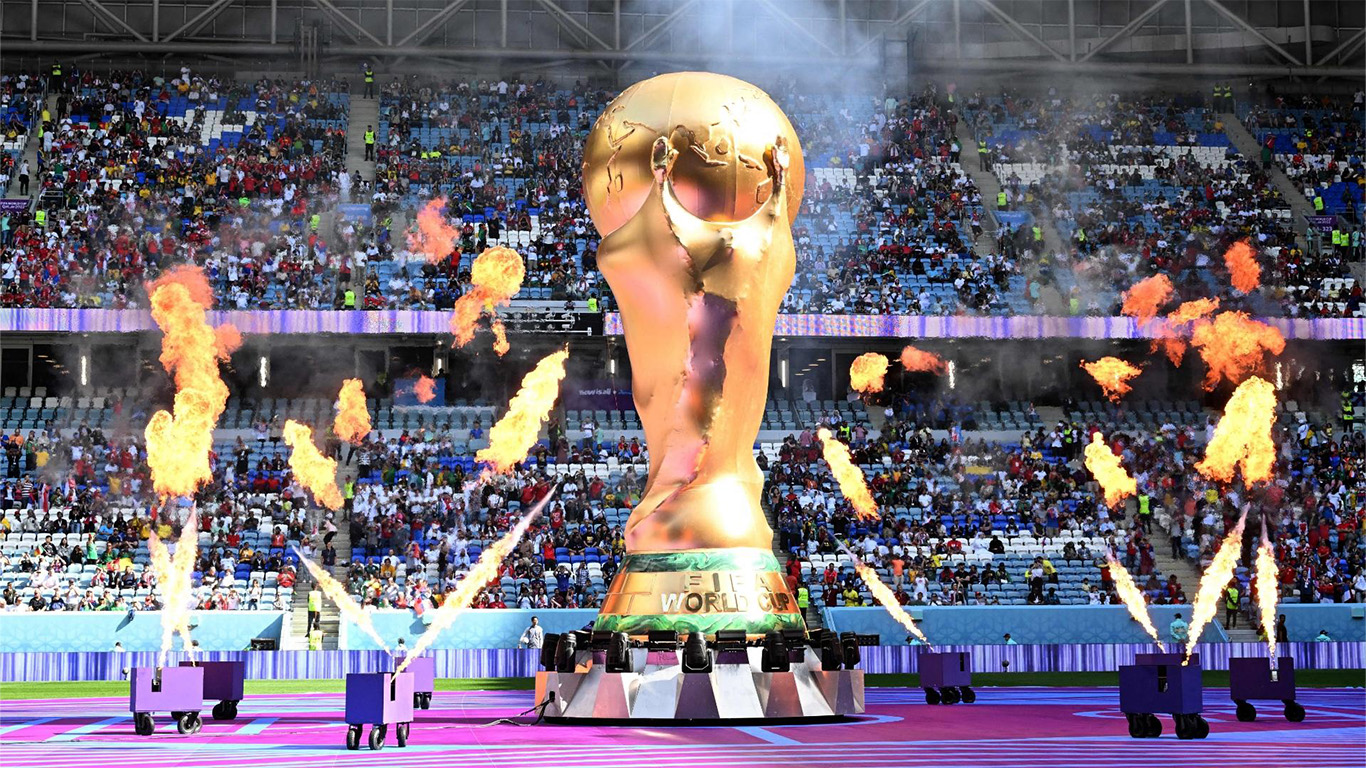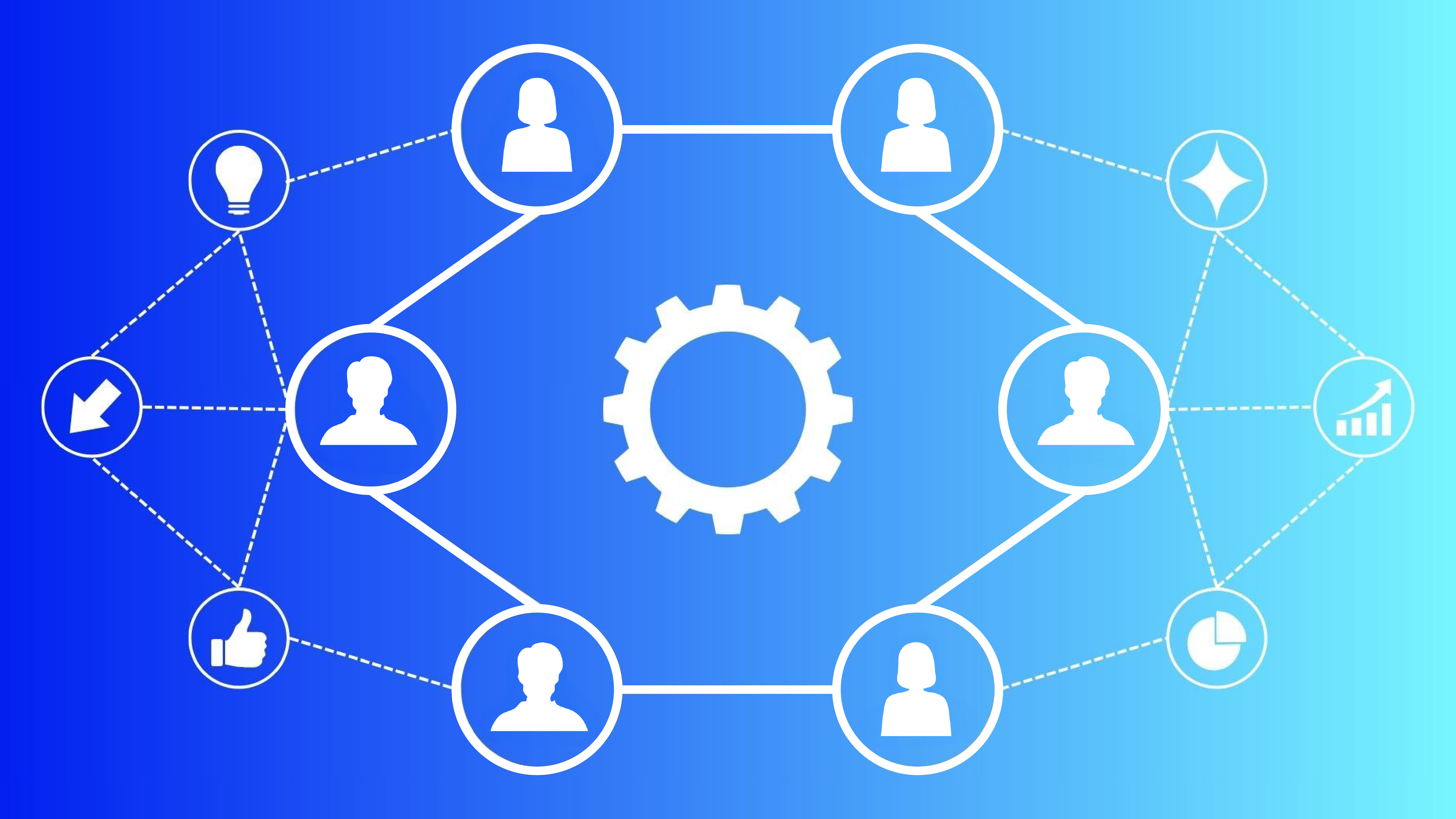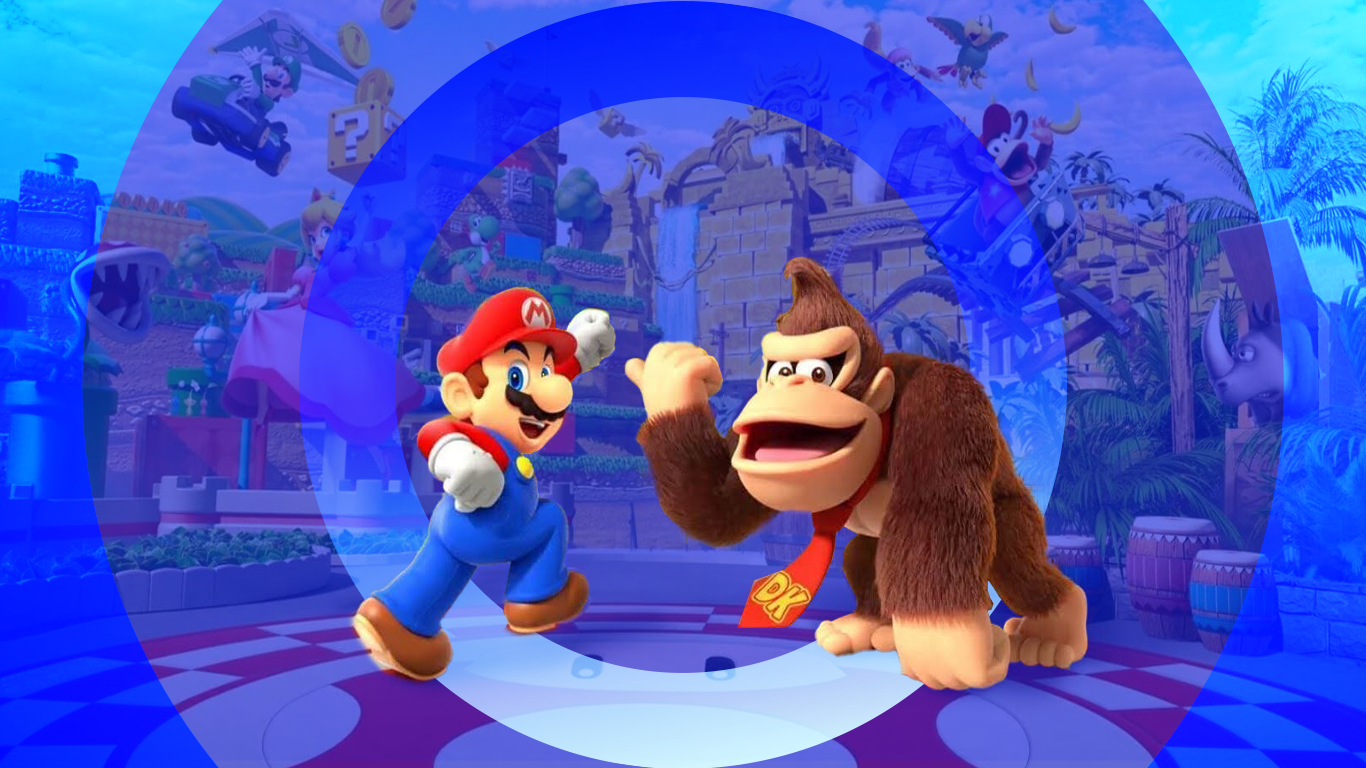Events Teach Humans to Think Again
Events Teach Humans to Think Again


B2B event leaders are feeling the squeeze.
Your stakeholders want ROI, your sponsors want visibility, and your attendees want something they can’t get anywhere else. You’re not just managing event logistics anymore. You’re expected to drive business transformation—to shape culture, connection, and community.
But in a world where AI delivers content on demand, the question becomes: Are your events helping people think again? Or are they simply giving them the answers?
Humans crave spaces where they can exercise judgment, test ideas, and make decisions. That’s the unique power of events. But when events are too passive, they risk being forgettable. Or worse, leaving a negative impression on the audience.
Think about it…
AI Has Changed the Game
Content has never been more abundant. Or more impersonal. AI has made knowledge instant, but accessible information isn’t the same as applied thinking. A billion people adopted ChatGPT in just two years (that’s 12% of humanity). Humans love it because it lightens the cognitive load by literally thinking for us. That’s the risk ahead. As neuroscientist Shar Yousef puts it, we’re getting cognitively lazy, outsourcing so much of our judgment that we stop exercising it ourselves.
The workforce, he adds, is already splitting in two:
- AI passengers: those who take whatever AI gives them at face value
- AI drivers: those who direct, question, and decide for themselves
The same idea applies to events. If your events only deliver passive interaction, you’re teaching people to be passengers, not helping them become drivers. And in an AI-drenched world, being a passenger isn’t enough.
- Interactive B2B events generate 84% higher brand affinity than traditional formats
- 76% of attendees dislike passive conference environments
- Conversations outperform keynotes by 3x in delivering applicable takeaways
Attendees don’t need more passive content. They need experiences that allow them to engage as whole human beings. That’s where events become mission-critical. If we want people to sharpen their judgment and learn in ways that lead to action, we have to rethink how they interact.
Three Buckets of Interaction
Joe Lovett and Khushi Yadav's framework is especially useful when viewed through a cognition lens:
- Passive (absorbing): watching or listening; mind on autopilot
- Participative (engaging): responding or reacting; partial mental activation
- Creative (co-creating): analyzing, deciding, problem solving, and committing to action; full cognitive activation
Most agendas lean heavily on passive and participatory formats. But in the AI era, those formats are no longer enough. AI can think for us—answering questions, debating ideas, and even simulating a brainstorming partner. If your event just gets people to listen and respond, you’re not offering something they couldn’t do at their desk with AI.
To help attendees think again, your event must provide co-creative experiences—moments that challenge them to assess, choose, and contribute. These moments transform attendees from passengers (outsourcing thinking) into drivers (actively directing, questioning, and taking action.
That’s how events remain relevant in a world where information is abundant but human thought is priceless.
Your Playbook for Creative Connection
If you’re ready to move your audience from passive consumption to active creation, you’re in the right place. Turn audiences into creators, strangers into collaborators, and ideas into action while everyone's still in the room.
Here's your six-move playbook for creating that kind of magic:
1. Structure: Audit With Honesty
Start by mapping every moment of your agenda to one of the Three Buckets: Passive (they watch), Participative (they react), or Creative (they make something). Most events skew heavily passive, then wonder why energy drops after lunch. Passive sessions may seem impressive, but they don’t activate thinking.
💡 And if people don’t think, they don’t act.
2. Content: Reclaim 20%
What if you replaced just one keynote with a peer-led dialogue that produces something tangible? A shared framework, a collaborative idea board, actionable commitments. Or end your next panel with breakout sessions where small groups build and share. Even one hour of "make" instead of "take" shifts the entire energy of the event. Your attendees didn't travel all this way to simply listen. Give them a chance to contribute.
💡 The goal isn’t just to create together, but to leave with something worth acting on.
3. People: Matchmake With Intention
Use data and AI to match individuals with those who share similar interests and complementary goals. Then, layer in warmth—gamified networking, conversation quests, or scavenger hunts that unlock special experiences. It’s not enough to get people to meet one another; you need to create purposeful collisions to really get ideas flowing.
💡 Every great event connection should have a next step.
4. Experience: Design for Cognitive Comfort
Different personalities engage differently. Give introverts reflective, imprintable spaces and extroverts dynamic discussion forums. Provide multiple pathways for mental participation — from roundtables to interactive walls. Add optional quests—collectible stamps, photo challenges, themed rewards—that invite playful exploration. When people feel comfortable, they bring their best thinking to the table.
💡 Comfort drives confidence, and confidence drives contribution.
5. Ecosystem: Elevate Sponsors as Co-creators
Today's audiences want substance over sales. Work with your sponsors to shift their presence from logos to leaders of exercises that prompt attendees to think—innovation labs, skill exchanges, and facilitated roundtables that address real challenges. When sponsors help attendees learn, connect, or build something valuable, they earn authentic brand affinity that traditional activations never could.
💡 When sponsors help attendees learn something real, they generate pipeline.
6. Environment: Choose Venues That Spark Something
Your venue sets the tone before anyone speaks. Choose spaces that inspire curiosity, like airplane hangars, art museums, historic theaters, botanical gardens, reimagined warehouses. Include third spaces for quiet thought, informal conversations, or spontaneous brainstorming—places where ideas flourish over unhurried dialogue. That's often where the breakthroughs happen.
💡 Inspiring spaces make room for more thinking, and in turn, more action.
These six shifts move your event from an “AI-assisted content hub” to “human judgment lab.” They transform your attendees from passengers—consuming and nodding—to drivers who direct, question, contribute, and act. That’s the sweet spot where learning, belonging, and business impact intersect.
The ROI of Active Thought
When attendees shift from passive listeners to active creators, they don’t just learn—they do more. Co-creation activates ownership, and ownership drives action. That’s where the business value of “thinking again” becomes visible and measurable.
Every creative, co-creative, and collaborative experience has a ripple effect that translates into outcomes your stakeholders can track: adoption, advocacy, and accelerated pipeline. When people are invited to build something together, they’re far more likely to act on it afterward.

When your event helps people analyze, decide, and commit to next steps, you turn engagement into motion and inspiration into measurable impact. These are the moments that drive business transformation—where ideas created in the room evolve into strategies deployed in the field.
By designing for creative participation, you’re engineering action that lives beyond the event and delivering ROI for every stakeholder in the room.
Gaining Momentum
Look at your event agenda through the driver vs. passenger lens. Every keynote, session, and activity should answer, “Does this create active thinkers, or passive consumers?”
Events that fail this test risk irrelevance. AI can deliver content faster, cheaper, and on demand. But thinking together cannot be outsourced.
When you design events that help people think again, you give attendees more than ideas—you give them ownership. They leave not just inspired, but equipped with a co-created plan of action that ties directly to your business goals. That’s how moments become movements: when attendees return to their teams ready to apply, advocate, and act.
For event leaders, that’s the true ROI. It’s measurable pipeline for sales. It’s sponsors who become trusted collaborators instead of logo placements. It’s stakeholder trust earned through visible, sustained impact long after the lights go down.
At Opus Agency, we’ve spent 40+ years helping the world’s most influential brands design experiences that spark ideas, scale businesses, and activate human potential.
If you’re ready to design events that put humans in the driver’s seat, start here.
More Like This, Delivered to You
As our agency continues to explore the future of experiences, you can join us and leaders from Google, Microsoft, Salesforce, and many more of our clients to stay ahead of what’s next by subscribing to XO. Each month, you’ll receive our latest insights and perspectives, plus carefully curated links worthy of your next new tab.
Insights in
the Inbox
XO is a newsletter with a mission to be loved by marketing executives and event professionals.
Through careful curation and purposeful prose, XO serves thousands of leaders who want to stay on top of what’s new and what’s next in the world of experiences.
To join in, see past issues or subscribe below.



